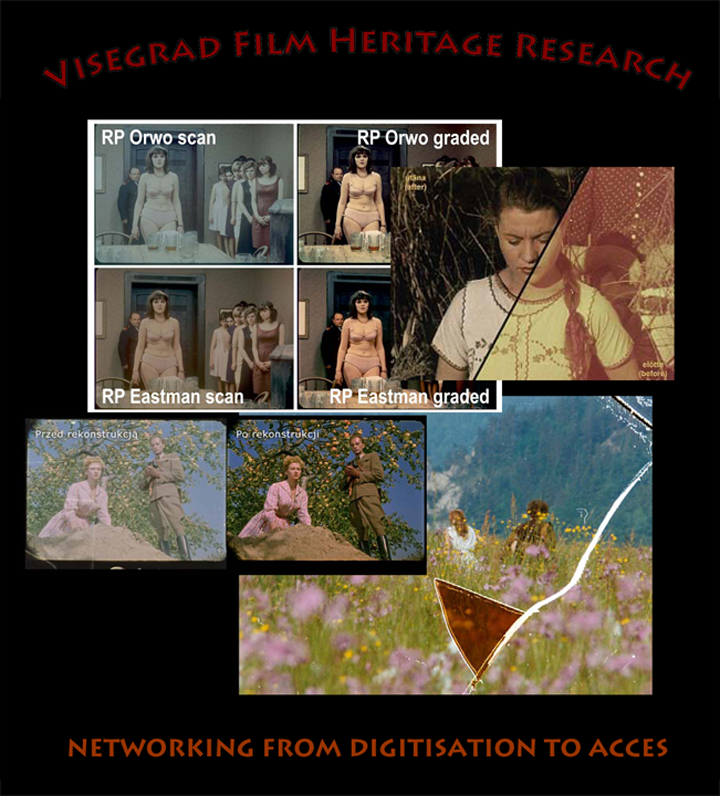Networking from digitisation to access ____________________________________________________________________________________________________________________
According to UNESCO, there are about 200 million hours of audiovisual material in the world, stored on various recording media (of which there are more than 2 200 million kilometres of cinematographic material on highly flammable nitrate film bases subject to decomposition). Roughly 100 million hours of various types of audiovisual material is located in Europe, and up to a third of this is stored in European film archives. Only a little over 1.04 million hours are stored here on film strips (the original negatives and copies). More than 85% of these cinematography works are according to estimates, however, commercially inaccessible. And according to a recent study by the Association of European Film Archives (ACE), a mere 1.5 % of all these films have been digitised so far to a quality allowing them to be shown in digital cinemas, although the situation differs greatly in individual European countries.
The accessibility of European films in our cinemas further worsened when traditional thirty-five millimetre projectors gradually began to disappear, to be replaced by digital projectors. This was followed by the demise of many film material and technology producers and laboratories, such as at Barrandov in June 2015. While in Western Europe the process of high quality film heritage digitisation has already begun, including through the interest of private producers, in the countries of Central Europe this began with the nationalised cinematography in the second half of the last decade (while in Poland and Slovakia the number of high-quality digitised feature films exceeds a hundred, here and in Hungary there are barely ten).
Like in other countries of the so-called former Eastern Bloc, in Central Europe (the Czech Republic, Slovakia, Poland), insufficient means of currency exchange meant that between 1952 and 1998 the vast majority of colour films which were filmed on American Eastmancolor negatives were copied onto cheaper East German Orwocolor film stock, famed for its fluctuating quality. Film makers attempted to combat the poorer resolution, colour saturation and undesirable colour shift of these film copies (typically turning skin colour purplish, and giving natural green a blue tinge) by using special creative methods not just in laboratories but also during filming itself, such as adjusting the colour of actors’ makeup, costumes and props, and the use of special filters or lighting. Hungary began filming on Eastmancolor somewhat later at the end of the 1960s, and copies for cinemas were almost exclusively prepared on compatible colour Eastman, although usually of a lower quality than that used in the West. The incompatible system of reading Eastmancolour negatives, from which films were copied onto Orwocolor positives, was seen in the fluctuating sound quality. And like in the case of images, this know-how for high quality digital restoration is entirely foreign in Western Europe.
The sharing of best practices, archival documents and the finding of solutions to shared technological, organizational and copyright issues in the digitisation and restoration of Central Europe’s film heritage is the subject of a research project whose other outcomes include the promotion of digitally restored archive films in the region.


